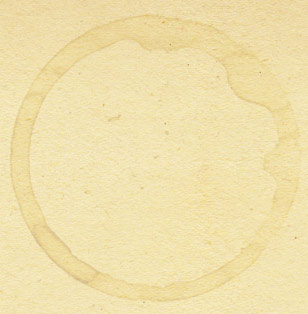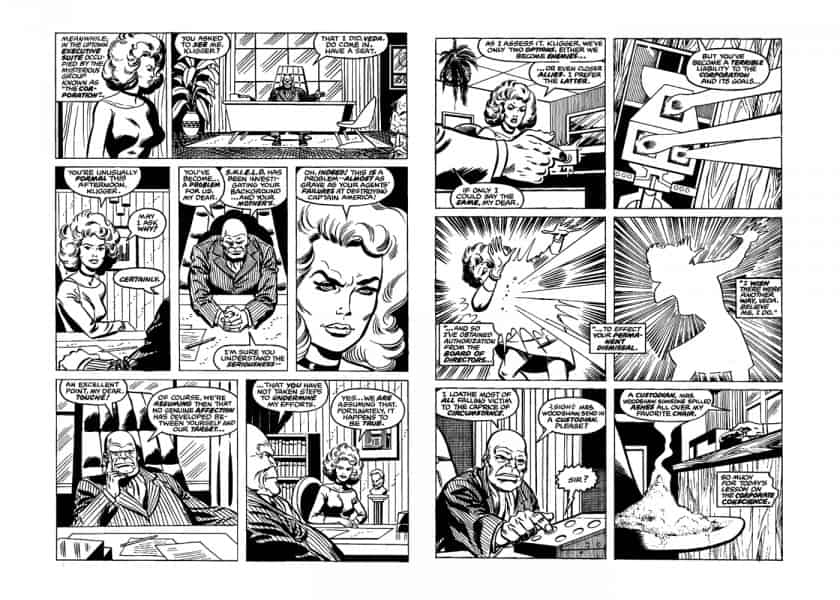Bonus
-
Being Open to a Change of Heart
Initially, Volcanne was going to be called Sinistro. We changed our mind just prior to publication because we decided that Sinistro sounded too typically villain-ish. So we opted for a more neutral-sounding name.
-
Behind the Scenes : World’s Best Friends
Louis Paradis and I had a few conversations about the level of nudity we wanted for the story. We didn’t want to create an overly chaste image, which wouldn’t have been believable because the characters had just spent torrid night. At the same time, we didn’t want nudity simply for nudity’s sake, to satisfy a kind of voyeurism. We think we found an interesting balance.
-
The relationship between Kligger and Veda
See the reproduction of a scene published in 1978, in issue 225 of Captain America. We think this scene, written by Steve Gerber, is very nice. It develops and concludes the story in just a few frames. The scene also shows the complex relationships between individuals characters, where the villains are not totally united against their common enemies. These two pages strongly influenced our writing.
-
Why Isn’t Volcanne Really Dead?
Some of you rightly asked how it’s possible that Volcanne isn’t dead. After all, we stated in our own axioms that dead means dead. However, rules are made to be broken. What’s more, Volcanne is a master geneticist, so it’s natural that he would have thought to clone himself in order to prolong his own existence.
-
What inspired Volcanne’s Island?
We were inspired by Arnim Zola when we created Volcanne, and we drew on his castle to create his island. In issue 211 of Captain America, Jack Kirby transformed a simple castle into a formidable adversary for the Star-Spangled Avenger (see image). We were particularly interested in taking a run-of-the-mill environment and transforming it into something murderous.





